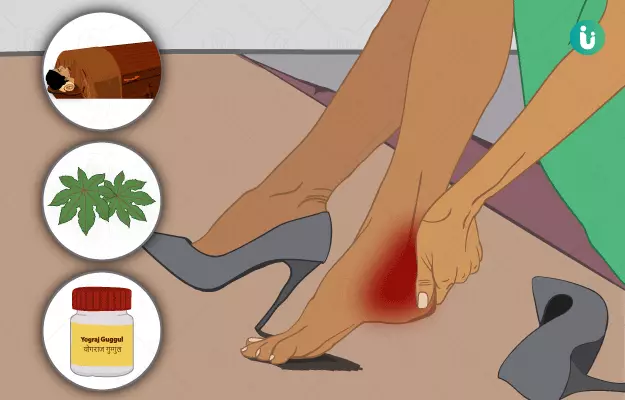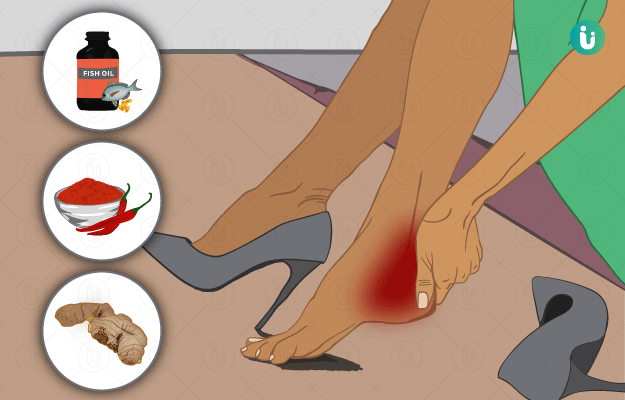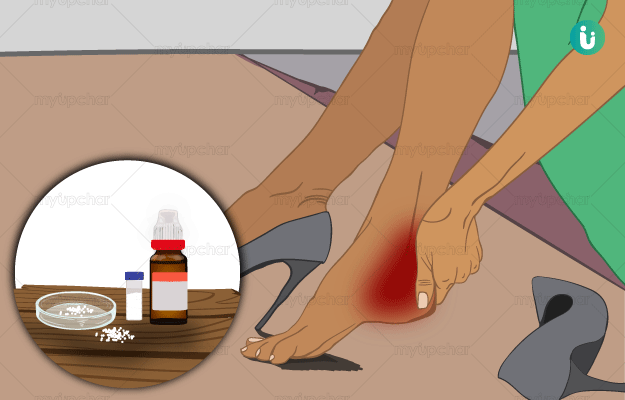Heel pain, referred to as parshni shula in Ayurveda is a common condition that causes immense discomfort in the heel bone, making it difficult to walk or stand in severe cases. Pain in the heel bone may occur due to numerous reasons like excessive stress on the heel, improper footwear and walking barefoot on hard surfaces. However, it is also associated with conditions like heel spurs and plantar fasciitis.
Ayurvedic procedures that can help in the treatment of parshni shula include abhyanga (oil massage), swedana (sudation or sweat therapy), virechana (purgation), basti (enema), raktamokshana (bloodletting), lepa (coating the affected body part with medications) and agni karma (thermal cauterisation). Some of the herbs and medicines used to treat heel pain are chitraka (leadwort), rasna (Indian camphorweed), eranda (castor), yogaraja guggulu and dashmoolarishta.










































